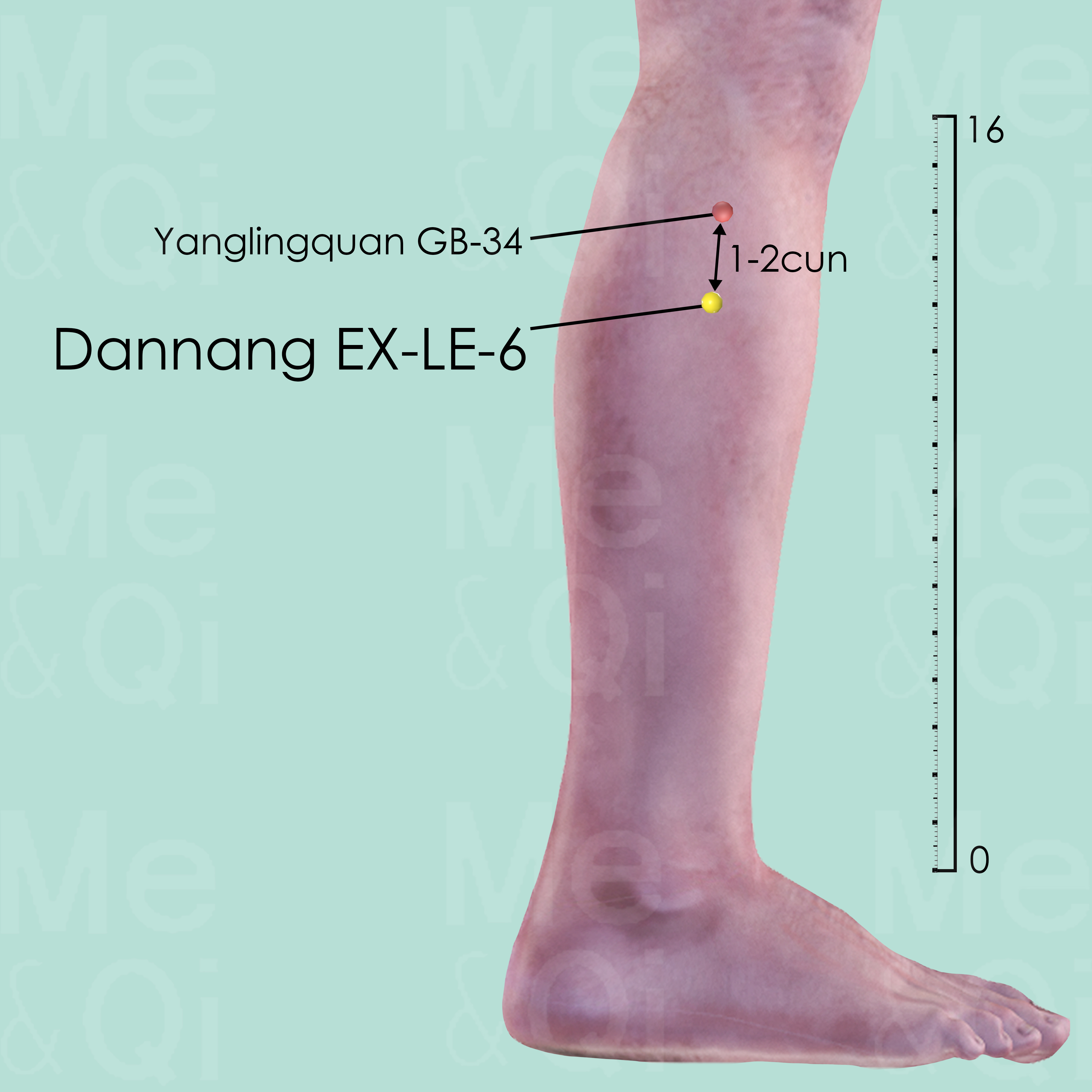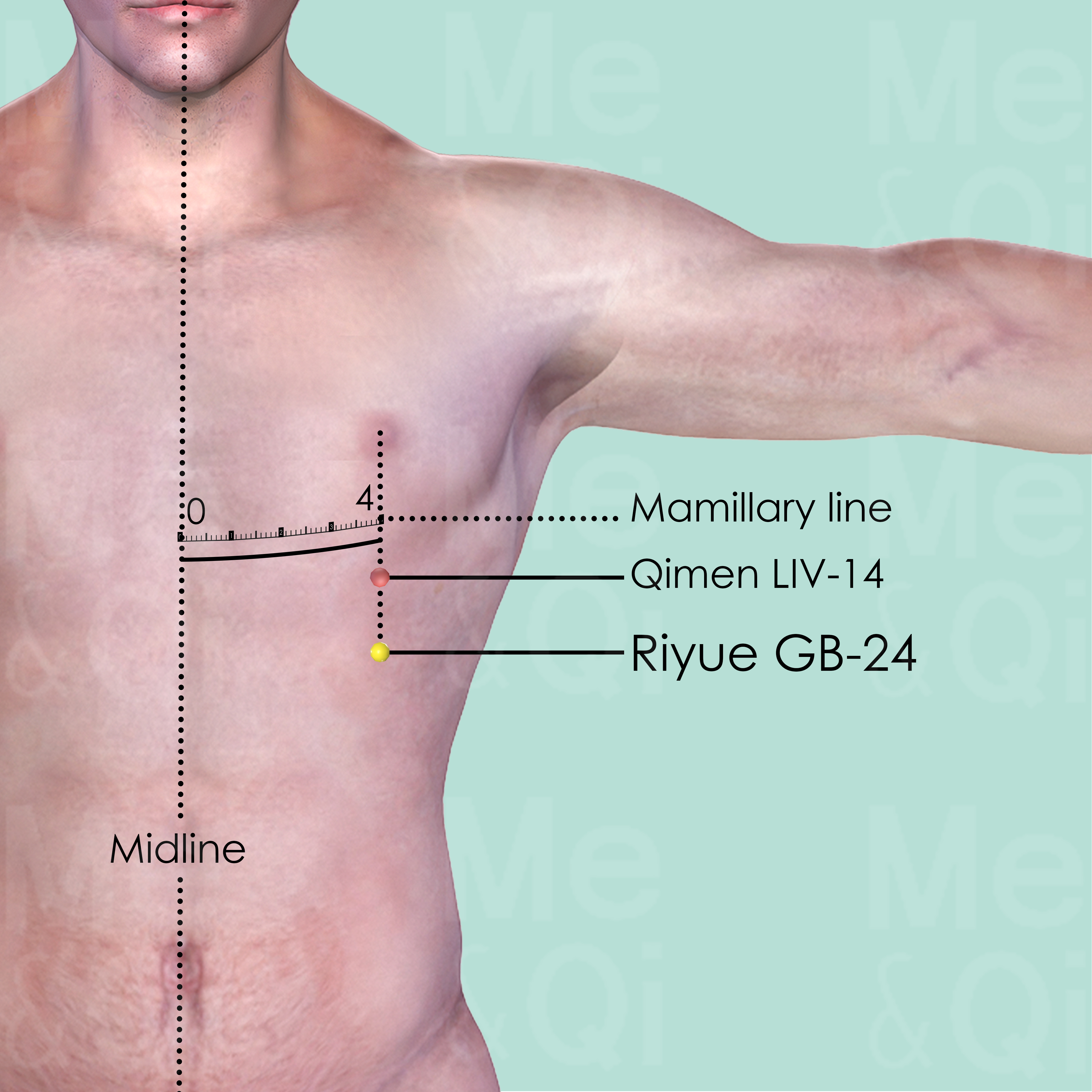Gallstonesaccording to TCM
Symptom family: Biliary & Gallbladder Disorders
Did you mean? Biliary Stones
What is Gallstones?
Gallstones refers to the formation of hard, pebble-like deposits within the gallbladder. These stones vary in size and composition, often comprising cholesterol or bilirubin. Symptoms may include pain in the upper abdomen, nausea, and vomiting, particularly after fatty meals. However, many individuals with gallstones may not experience any symptoms.
Understanding the nature of these stones is crucial for effective treatment and prevention of complications like cholecystitis or choledocholithiasis, where stones obstruct the bile ducts.
How Does TCM View Gallstones?
In Traditional Chinese Medicine (TCM), gallstones is viewed through a lens that differs markedly from Western medicine. TCM interprets gallstones as a manifestation of deeper imbalances within the body's energy systems, particularly involving the Liver and Gallbladder.
Rather than focusing solely on the physical presence of stones, TCM examines underlying issues such as Qi Stagnation, imbalance in Yin and Yang, and the accumulation of Damp-Heat or Phlegm. These disharmonies disrupt the body’s natural flow of energy, leading to the formation of gallstones.
Root Causes of Gallstones in TCM
In TCM, gallstones is primarily attributed to the "Phlegm in Kidneys or Gallbladder" pattern. This perspective focuses on fluid metabolism disruptions, leading to Phlegm accumulation that contributes to stone formation.
Key factors include poor dietary habits, emotional stress, and a sedentary lifestyle, all exacerbating phlegm production. TCM treatment aims to resolve phlegm and regulate Qi, utilizing acupuncture, herbal remedies, and dietary adjustments to address the root cause and restore balance.
Explore below more details about what might cause Gallstones according to TCM.
- By Syndrome
- By Organ
- Phlegm
- Gallbladder
- Kidney
Phlegm
In TCM "Phlegm" as a pattern of disharmony is a complex concept that extends beyond the physical manifestation of mucus. It represents a pathological factor that can disrupt the flow of Qi (vital energy) and blood, leading to various health issues. Phlegm in TCM is seen as a sticky, turbid substance arising from the body's inability to metabolize fluids properly, often due to a dysfunction of the spleen. It's not only associated with respiratory problems like cough and congestion but also with systemic issues. Symptoms can include a feeling of heaviness, mental cloudiness, dizziness, and in some cases, the formation of lumps or masses. Phlegm can even be "invisible," contributing to emotional disturbances like depression or stress. ... see more
Phlegm Patterns That Can Lead to Gallstones
| Pattern Name | Relevant Symptoms | Relevant Formulas |
|---|---|---|
| Phlegm in Kidneys or Gallbladder | Gallstones, Frequent and urgent urination, Urinary dysfunction, Hematuria | Si Ni San | Pai Shi Tang |
Gallbladder
In TCM the Gallbladder has a unique role in storing and excreting bile, but more importantly, it's seen as crucial for decision-making and courage. It's closely connected to the Liver, assisting in the smooth flow of Qi (vital energy) and supporting the Liver's role in maintaining emotional balance. When the Gallbladder malfunctions or is imbalanced in TCM, it can lead to physical symptoms like gallstones, jaundice, or a bitter taste in the mouth. There might also be digestive disturbances, particularly related to fat metabolism. On an emotional level, a Gallbladder disorder can manifest as indecisiveness, timidity, or a tendency to easily succumb to stress. These symptoms highlight the TCM view of the Gallbladder as integral to both physical processes and emotional resilience.... see more
Gallbladder Patterns That Can Lead to Gallstones
| Pattern Name | Relevant Symptoms | Relevant Formulas |
|---|---|---|
| Phlegm in Kidneys or Gallbladder | Gallstones, Frequent and urgent urination, Urinary dysfunction, Hematuria | Si Ni San | Pai Shi Tang |
Kidney
In TCM the Kidneys are regarded as the body's most fundamental reservoir of Essence, known as Jing, which influences growth, reproduction, and aging. They are not just organs for filtering blood, but a holistic system governing vital life forces. When the Kidneys malfunction in TCM, it can manifest as a variety of health issues, such as chronic fatigue, reproductive problems, imbalances in fluid metabolism leading to edema or dryness, lower back pain, and a sense of fear or insecurity.... see more
Kidney Patterns That Can Lead to Gallstones
| Pattern Name | Relevant Symptoms | Relevant Formulas |
|---|---|---|
| Phlegm in Kidneys or Gallbladder | Gallstones, Frequent and urgent urination, Urinary dysfunction, Hematuria | Si Ni San | Pai Shi Tang |
TCM Herbal Formulas for Gallstones
To address gallstones, TCM recommends specific formulas and herbs tailored to the underlying patterns. For instances of Phlegm in the Kidneys or Gallbladder, Si Ni San, a formula that harmonizes the Liver-Spleen and includes Bupleurum Roots (Chai Hu), is often utilized.
This formulation aids in releasing the Exterior and harmonizing the internal organ systems, thereby addressing the root cause of stone formation. Treatment in TCM is holistic, aiming not just at symptom relief but also at restoring and maintaining the body’s natural balance.
Explore below some TCM herbal formulas used to address gallstones, organized by cause and by formula type.
- By Cause
- By Formula Type
- Phlegm
- Formulas that release the exterior and purge the interior
- Formulas that harmonize liver-Spleen
- Formulas that expel parasites
- Formulas that warm the middle and dispel cold
- Formulas that warm and purge
- Formulas that clear heat and expel dampness
- Formulas that promote qi movement
Top Formula for Phlegm:
Si Ni San
Suitable for Phlegm patterns that may cause gallstones, such as Phlegm in Kidneys or Gallbladder
Learn moreAll Formulas Recommended for Gallstones Caused by Phlegm
| Formula | Patterns Suitable For |
|---|---|
| Si Ni San | Phlegm in Kidneys or Gallbladder |
| Pai Shi Tang | Phlegm in Kidneys or Gallbladder |
Formulas that harmonize Liver-Spleen
These formulas are suitable for some gallstones-causing patterns like Phlegm in Kidneys or Gallbladder.
One such formula is Si Ni San, with bupleurum root as a key herb.
Formulas that clear Heat and expel dampness
These formulas are suitable for some gallstones-causing patterns like Phlegm in Kidneys or Gallbladder.
One such formula is Pai Shi Tang, with bupleurum root as a key herb.
Formulas that release the Exterior and purge the Interior
Gallstones can be treated by these formulas if it is due to external pathogens combined with internal accumulation, needing actions that address both aspects.
One such formula is Da Chai Hu Tang, with bupleurum root as a key herb.
Formulas that expel parasites
Gallstones can be treated by these formulas when it is caused by parasitic infections, requiring anti-parasitic herbs to eliminate the parasites.
One such formula is Wu Mei Wan, with chinese plum as a key herb.
Formulas that warm the middle and dispel Cold
Gallstones can be treated by these formulas when it is due to cold in the middle jiao (digestive region), necessitating warming and cold-dispelling actions.
One such formula is Xiao Jian Zhong Tang, with maltose as a key herb.
Formulas that warm and purge
Gallstones can be treated by these formulas if it stems from cold accumulation coupled with excess conditions, necessitating warming and purging actions.
One such formula is Da Huang Fu Zi Tang, with prepared aconite as a key herb.
Formulas that promote Qi movement
Gallstones can be treated by these formulas if it stems from stagnation or imbalance in the flow of Qi, the vital life energy, within the body.
One such formula is Yue Ju Wan, with atractylodes rhizome as a key herb.
Acupoints for Gallstones
TCM also incorporates acupressure or acupuncture in managing gallstones. Specific acupoints like Dannang EX-LE-6, located on the Gall Bladder Channel of the right leg, are used for their effectiveness in clearing Damp-heat, a common cause of gallstones.
Another significant point is Riyue GB-24, found in the intercostal space on the mamillary line, which helps resolve Damp-Heat, remove Liver Qi Stagnation, and subdue Rebellious Qi. These acupoints, when stimulated, can aid in alleviating symptoms and addressing the underlying disharmonies associated with gallstones.
Explore below some acupoints used to address gallstones, organized by meridian.
- By Meridian
- Extra Points: Lower Extremities (EX-LE)
- Gall Bladder Channel

Dannang EX-LE-6
On the Gall Bladder Channel of the right leg, about 1-2 cun below Yanglingquan GB-34. Around there, palpate and locate Dannang EX-LE-6 at the most tender point.

Riyue GB-24
On the mamillary line which is 4 cun lateral to the anterior midline, in the 7th intercostal space, 1 intercostal space below Qimen LIV-14.
